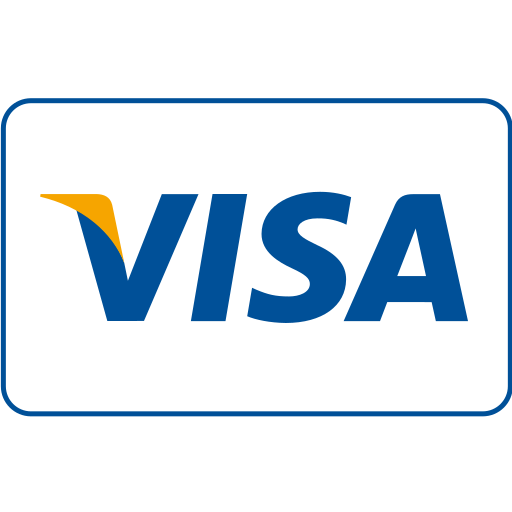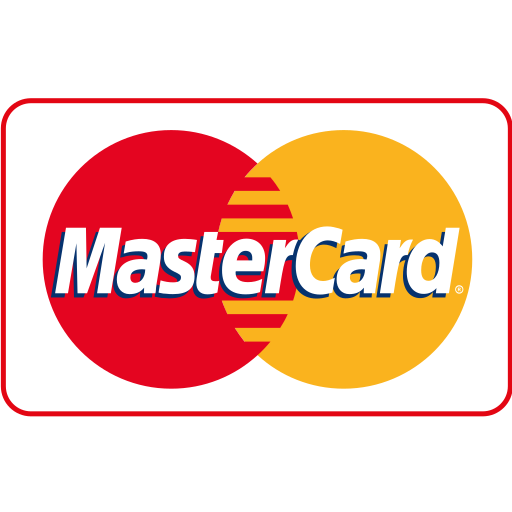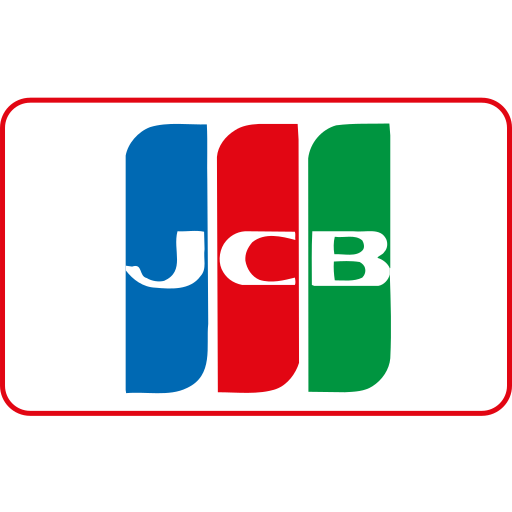
In today’s competitive business world, brand identity is more than just a logo or color scheme—it’s a powerful tool that influences how your customers perceive, remember, and connect with your business. Whether you're a startup in Singapore or a global corporation, brand identity plays a crucial role in shaping customer experiences and building loyalty.
This in-depth article explores the concept of brand identity, its key components, why it’s important, and answers the most commonly asked questions surrounding this essential business asset.
Table of Contents
- What is Brand Identity?
- The Core Components of Brand Identity
- Why is Brand Identity Important?
- The Difference Between Brand Identity and Brand Image
- How to Build a Strong Brand Identity
- Common Mistakes in Brand Identity Creation
- Real-World Examples of Strong Brand Identity
- Brand Identity in the Digital Age
- Frequently Asked Questions (Q&A)
- Conclusion
1. What is Brand Identity?
Brand identity refers to the visible and tangible elements of a brand that help consumers identify and distinguish it from others. This includes:
- Logo
- Typography
- Color palette
- Design elements
- Messaging and tone of voice
- Packaging
- Website and social presence
More than just aesthetics, brand identity encapsulates the values, mission, and unique personality of your company. It creates a consistent look and feel that communicates who you are, what you stand for, and how you want to be perceived.
Think of brand identity as your business’s visual and emotional handshake—it's the first impression and ongoing relationship with your audience.
2. The Core Components of Brand Identity
To fully understand brand identity, we need to break down its main components:
a. Logo
The logo is often the centerpiece of your brand identity. It should be memorable, scalable, and representative of your brand's essence.
b. Color Palette
Colors evoke emotions and associations. Choosing the right palette helps create psychological connections with your audience. For example, blue is often linked to trust, while red conveys energy.
c. Typography
Fonts contribute to personality. Whether you go for clean sans-serifs or elegant serifs, consistency is key.
d. Imagery Style
This includes photography, illustration, icons, and any visual styling. A coherent image style strengthens brand recognition.
e. Voice and Tone
Your communication style—from advertisements to social media captions—should reflect your brand’s character, whether it’s professional, playful, or inspiring.
f. Brand Story
The narrative behind your brand: your mission, values, and how you came to be. This storytelling humanizes your business and connects emotionally with consumers.
3. Why is Brand Identity Important?
A strong brand identity brings significant benefits:
a. Recognition and Recall
A well-crafted identity makes your brand instantly recognizable. Think of Apple’s sleek design or McDonald’s golden arches.
b. Differentiation in the Market
Brand identity helps you stand out in saturated markets. Unique branding can make a company memorable even in a sea of competitors.
c. Trust and Credibility
Consistency in branding builds trust. Customers are more likely to engage with a brand that feels established and reliable.
d. Customer Loyalty
People connect with brands that resonate with their values and identity. Over time, these connections build loyalty.
e. Marketing Efficiency
A clear brand identity simplifies marketing decisions and ensures that campaigns align with your overarching brand message.
f. Financial Value
Strong branding can add tangible value to a business. In Singapore, for instance, branding agencies often charge upwards of SGD 10,000 for complete brand development. Why? Because a great brand identity is a long-term investment.
4. The Difference Between Brand Identity and Brand Image
Though often used interchangeably, brand identity and brand image are different:
- Brand Identity is how a company presents itself. It’s what you create.
- Brand Image is how consumers perceive you.
In other words, identity is what you say, image is what they hear.
Example: You may design a premium-looking brand (identity), but if customer service is poor, the perception (image) may reflect otherwise.
5. How to Build a Strong Brand Identity
Creating a brand identity isn’t just about design—it’s about strategy. Here’s how to build one step-by-step:
a. Define Your Brand Strategy
Clarify your mission, vision, and goals. Know your audience, competitors, and market positioning.
b. Create a Visual Identity System
Design your logo, select fonts, color schemes, and visual assets that reflect your personality.
c. Develop a Brand Voice
Decide how your brand “speaks.” Whether it’s formal, fun, or casual—keep it consistent across all platforms.
d. Document It in a Brand Style Guide
A brand guide ensures that your identity remains consistent across all internal and external communication.
e. Launch and Integrate
Apply your brand identity to every customer touchpoint: website, packaging, email, social media, and advertisements.
6. Common Mistakes in Brand Identity Creation
Avoid these pitfalls:
- Inconsistency across platforms
- Ignoring your target audience’s preferences
- Overcomplicating your visual elements
- Not evolving your identity with your business
- Copying competitors (leads to confusion, not distinction)
7. Real-World Examples of Strong Brand Identity
Apple
Clean, minimalistic, and sleek. Apple’s branding reflects innovation, simplicity, and elegance.
Nike
The “swoosh” and “Just Do It” slogan are globally recognized, representing athletic performance and personal motivation.
Grab (Singapore)
In Southeast Asia, Grab has developed a strong identity with its green color scheme, localized campaigns, and trustworthy image in transportation and fintech.
These brands didn’t just design logos—they built worlds.
8. Brand Identity in the Digital Age
The digital landscape has changed how brand identity functions:
- Responsive design is critical—logos and visuals must work across devices.
- Social media brings brands closer to customers. Your tone, imagery, and content must be consistent and engaging.
- Online reviews and interactions affect brand perception more than ever.
Tools like Canva, Figma, Adobe Creative Suite, and AI-based branding software have also democratized brand design, giving startups access to powerful branding tools at a fraction of traditional costs.
9. Frequently Asked Questions (Q&A)
Q1: How much should I invest in brand identity?
The budget depends on your business size. In Singapore, a professional branding project may cost between SGD 3,000 to SGD 50,000, depending on the scope. However, even small investments in cohesive branding can yield strong returns.
Q2: Can I create my brand identity myself?
Yes, especially if you’re starting out. Tools like Canva and Looka offer templates. But as your business grows, professional branding may offer greater strategic value.
Q3: How long does it take to build a brand identity?
A complete brand identity—from strategy to design—can take anywhere from 2 weeks to 3 months depending on complexity and resources.
Q4: Should startups invest in branding early?
Absolutely. A clear brand identity from day one ensures consistency and professionalism. It also helps attract investors, partners, and early customers.
Q5: What’s the difference between a logo and brand identity?
A logo is just one component of your brand identity. Think of the logo as the tip of the iceberg, and brand identity as everything below the surface.
Q6: How often should I refresh my brand identity?
Most brands revisit their identity every 5–10 years or when they undergo major shifts like new markets, product changes, or mergers. Refreshing doesn’t mean redoing—it could be subtle evolutions.
Q7: What is a brand style guide?
A brand style guide documents all aspects of your identity—logos, colors, fonts, voice, and imagery rules. It ensures consistent presentation across platforms and teams.
10. Conclusion
Your brand identity is your silent ambassador. It communicates without words, shapes perception, and builds emotional bonds with your audience. Whether you're a new entrepreneur in Singapore or scaling your brand internationally, investing in brand identity is not optional—it’s foundational.
Think of brand identity as your business’s fingerprint—uniquely yours, instantly recognizable, and central to how people remember you.
In a world where customers have endless choices, a strong brand identity isn't just a design—it's a decision. Make it count.
We are the best Singapore marketing agency on the net.
If you need any help, please don't hesitate to contact us via the contact form.















WebSeoSG offers the highest quality website traffic services in Singapore. We provide a variety of traffic services for our clients, including website traffic, desktop traffic, mobile traffic, Google traffic, search traffic, eCommerce traffic, YouTube traffic, and TikTok traffic. Our website boasts a 100% customer satisfaction rate, so you can confidently purchase large amounts of SEO traffic online. For just 40 SGD per month, you can immediately increase website traffic, improve SEO performance, and boost sales!
Having trouble choosing a traffic package? Contact us, and our staff will assist you.
Free consultation